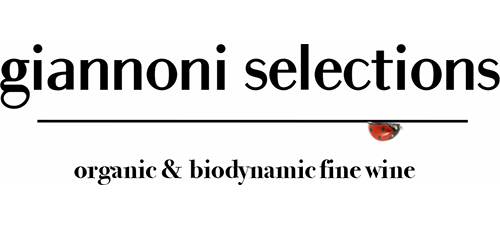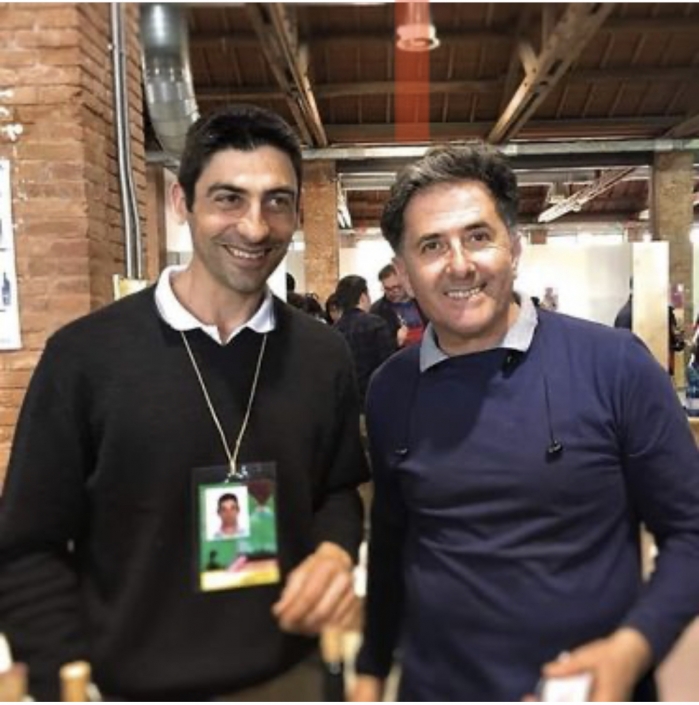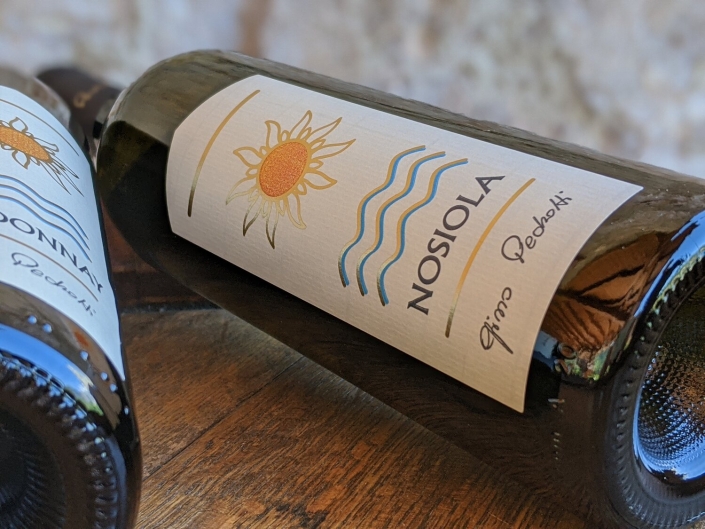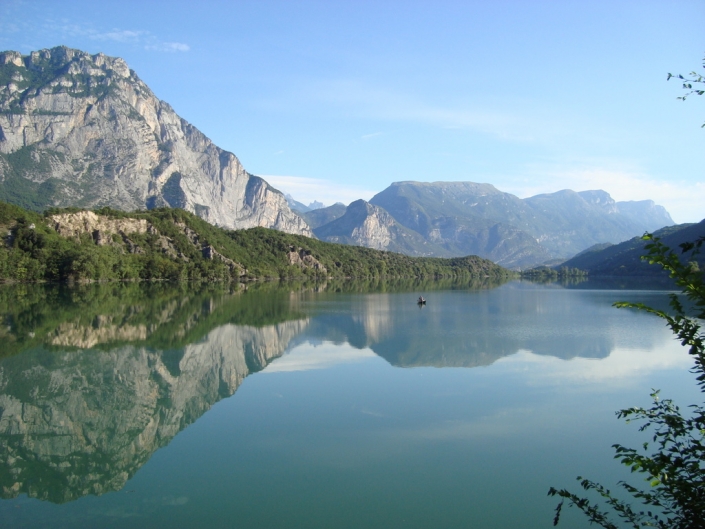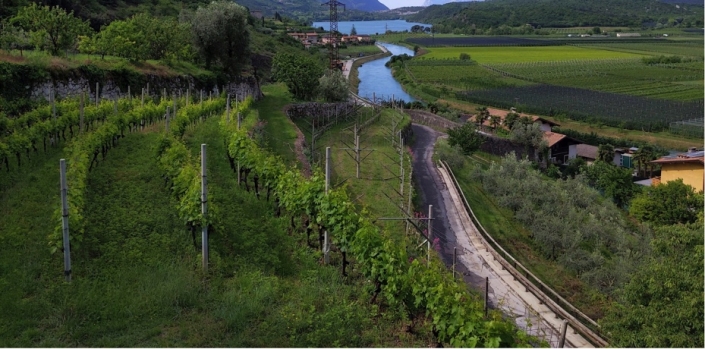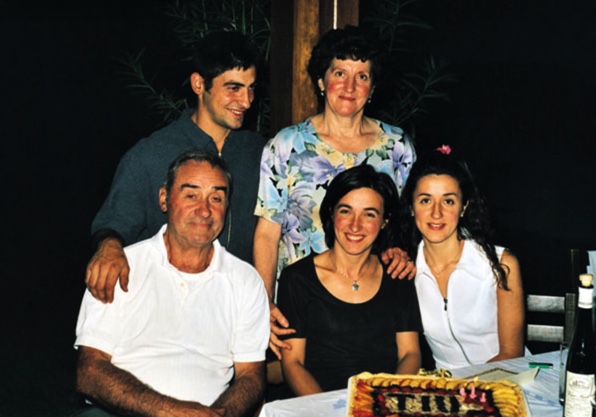“Il nostro desiderio è di creare vini che abbiano un’anima, che parlino di noi, della nostra terra.”
As a third generation grower and winemaker, Giuseppe Pedrotti (Gino’s son) pretty much carries his family’s passion and mission statement in his DNA. Their winery, which continues to be owned and operated by the Pedrotti family, has carried out 123 harvests.
You can find their winery (and locanda) in the ‘Valle dei Laghi’ or, ‘Valley of the Lakes,’ where the Dolomites of Brenta, Monte Bondone, and Lago di Garda meet. It boasts a Mediterranean microclimate as a result of Adige river, the nearby lakes, and the surrounding mountains. The context is simply majestic.
Their emphasis on nosiola testifies to the Pedrotti family’s desire to highlight the indigenous grape varieties of Trentino. In fact, three out of four of their white wines feature the grape. Their varietal-wine, Nosiola, of course, L’Aura (a blend of nosiola with chardonnay) and Vino Santo Trentino (100% nosiola). The latter, a specialty of the region, offers very small yields with an annual production of just 3600 bottles. The bunches are harvested when they are nearly overripe, and are left to dry in the estate’s well-ventilated attic for six to seven months. Due to the high sugar levels, natural yeasts work to transform the must into alcohol, which has the effect of stretching the fermentations for extended periods of time. The wine is aged for six years in wooden casks, then resting in the bottle for a minimum of twelve months.
The Pedrotti’s are also particularly fond of reds as well. Apart from the Schiava Nera, the family produces L’Auro (cabernet franc and merlot), Merlot and Rebo, the latter coming from the regional grape variety. This hybrid grape crosses Teroldego and Merlot in Trentino, has carved out a special place for itself on the estate.
While irrigation is permitted for DOC Trento wines, the Pedrotti’s avoid such water usage, noting that it’s neither necessary nor financially sustainable. Their wines are intricate and characteristic, with nothing added and nothing subtracted.
Wine Tasting Notes
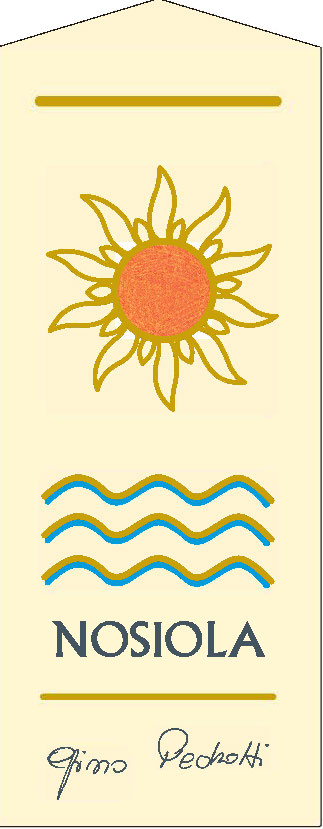 Nosiola: The oldest white grape cultivated in Trentino, also the only native white grape of the region. Pedrotti’s vineyard is located in a hilly position, kissed by the sun from morning to evening and constantly refreshed by the Ora, a beneficial breeze that rises from nearby Lake Garda. It is in the Valle dei Laghi that Nosiola has found the ideal environment to develop its captivating freshness to the maximum. To preserve the delicate and fruity aromas of this variety, it is vinified in contact with the skins for several weeks, roughly 40 days.
Nosiola: The oldest white grape cultivated in Trentino, also the only native white grape of the region. Pedrotti’s vineyard is located in a hilly position, kissed by the sun from morning to evening and constantly refreshed by the Ora, a beneficial breeze that rises from nearby Lake Garda. It is in the Valle dei Laghi that Nosiola has found the ideal environment to develop its captivating freshness to the maximum. To preserve the delicate and fruity aromas of this variety, it is vinified in contact with the skins for several weeks, roughly 40 days.
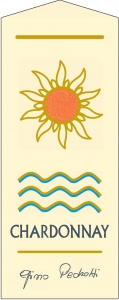 Chardonnay: The sub-Mediterranean climate of the Valle dei Laghi allows this vine to develop the intensity of the aromas and the fullness of the palate in the best possible way. Pedrotti’s intention is to enhance all the natural richness of the grape: to extract the finest aromas, it ferments slowly with the skins – around ten days.
Chardonnay: The sub-Mediterranean climate of the Valle dei Laghi allows this vine to develop the intensity of the aromas and the fullness of the palate in the best possible way. Pedrotti’s intention is to enhance all the natural richness of the grape: to extract the finest aromas, it ferments slowly with the skins – around ten days.
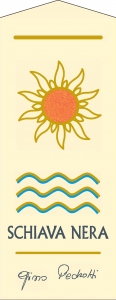 Schiava Nera: Once the Schiava grapes have reached perfect ripeness, a small portion of bunches are dried for three weeks before being reintegrated into the vat. This allows the Pedrotti’s to tap into the hidden potential of this fascinating, indigenous, Trentino variety. Despite the air drying, this wine remains true to its inherent subtlety and sprightliness. It’s wild cherry/herb-scented fruit shows even more beautifully when given a slight chill before uncorking.
Schiava Nera: Once the Schiava grapes have reached perfect ripeness, a small portion of bunches are dried for three weeks before being reintegrated into the vat. This allows the Pedrotti’s to tap into the hidden potential of this fascinating, indigenous, Trentino variety. Despite the air drying, this wine remains true to its inherent subtlety and sprightliness. It’s wild cherry/herb-scented fruit shows even more beautifully when given a slight chill before uncorking.
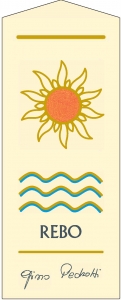 Rebo: Rebo is the name of the grape born from the passion of the Trentino researcher Rebo Rigotti who in 1948 obtained this hybrid variety by crossing the noble Merlot with the robust, native Teroldego. Pedrotti’s Rebo vineyard is trained on the Guyot system in Valle dei Laghi, in the southern part of Trentino, where the marked temperature variations between night and day enrich the nose of this wine with warm aromas of red fruit and spices and give it a full and vigorous body. Rebo is gently vinified in vats and slowly matures for up to 24 months in wooden barrels.
Rebo: Rebo is the name of the grape born from the passion of the Trentino researcher Rebo Rigotti who in 1948 obtained this hybrid variety by crossing the noble Merlot with the robust, native Teroldego. Pedrotti’s Rebo vineyard is trained on the Guyot system in Valle dei Laghi, in the southern part of Trentino, where the marked temperature variations between night and day enrich the nose of this wine with warm aromas of red fruit and spices and give it a full and vigorous body. Rebo is gently vinified in vats and slowly matures for up to 24 months in wooden barrels.
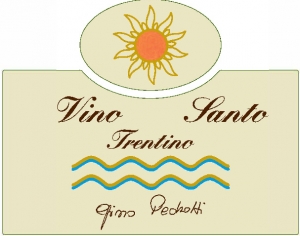 Vino Santo Trentino: 100% Nosiola. Only perfect bunches are collected with utmost care, then carried to the attic where they rest until mid-April. They are spread on arele, traditional mats or racks once with a reed bottom, where the drying process begins, reducing the weight by over a third. Botrytis cinerea, a “noble rot,” then develops on the berries, causing the concentration of sugars. The activity of Botrytis is favored by particular conditions of temperature and ventilation that find a perfect balance in the Valle dei Laghi: the Ora del Garda, the afternoon wind that blows from the lake towards the interior and the temperate microclimate, due to the configuration of the valley and the presence of many small ponds, offer an important contribution to the activity of mold.
Vino Santo Trentino: 100% Nosiola. Only perfect bunches are collected with utmost care, then carried to the attic where they rest until mid-April. They are spread on arele, traditional mats or racks once with a reed bottom, where the drying process begins, reducing the weight by over a third. Botrytis cinerea, a “noble rot,” then develops on the berries, causing the concentration of sugars. The activity of Botrytis is favored by particular conditions of temperature and ventilation that find a perfect balance in the Valle dei Laghi: the Ora del Garda, the afternoon wind that blows from the lake towards the interior and the temperate microclimate, due to the configuration of the valley and the presence of many small ponds, offer an important contribution to the activity of mold.
The resulting wine is meditative and complex, golden and sweet – but never cloying – and is redolent of dried apricots, candied kumquat, and hazelnuts. According to the DOP, producers must wait at least five years to release their Vino Santo, but some producers like the Pedrotti family wait between six to ten years.
Annual production: 24,000 bottles
Varietals planted: Nosiola, Chardonnay, Schiava, Merlot, Rebo
Soil composition: sand/stones
Total surface area: 8 ha
Vined surface area: 6 ha
Trellising system: Pergola Trentino / Cordone Speronato
Vine age: 15-40 years
Method: Certified organic, some biodynamic methods
Certifying body: ICEA
